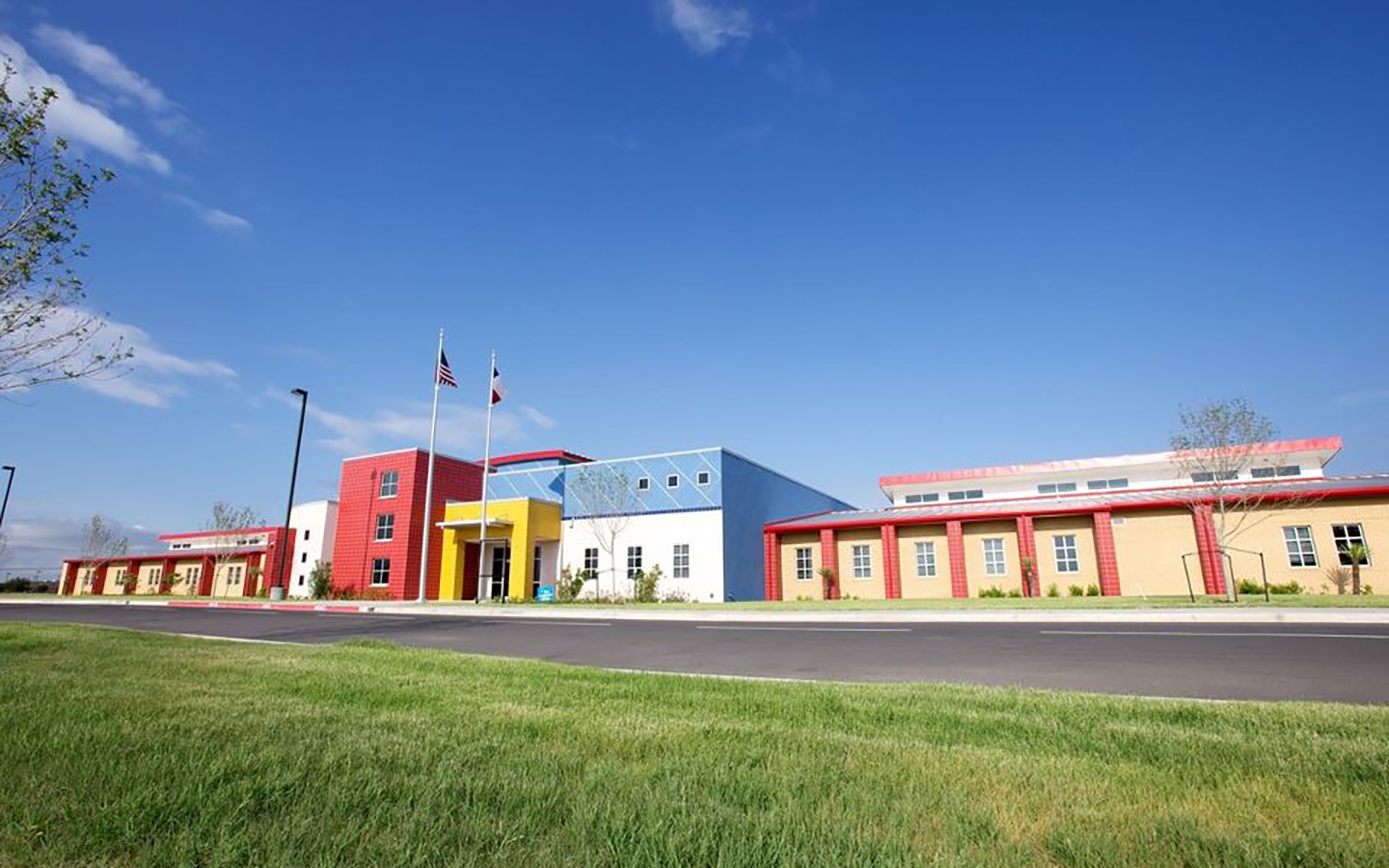Torkelson: How Texas’s IDEA Public Schools Rose to the Top of National Rankings
Educational excellence and high expectations led IDEA to the top of national rankings. Here's a road map any charter school can follow

For nearly two decades, education journalist and author Jay Mathews has published his rankings of America’s top high schools. On this year’s Challenge Index, No. 1 on the list is an IDEA Public School, as are four of the top 10 and eight of the top 20. I founded the organization 22 years ago, and while I no longer lead IDEA, the schools continue to post impressive test scores, and the number that make Jay’s list has grown steadily each year.
IDEA’s journey to the top of the rankings began 10 years ago, when I noticed that very few schools on the list served mostly students from low-income backgrounds. I knew that my students could demonstrate that when young people are challenged with the most rigorous coursework, they will rise to the level of expectations set by the adults running their school. At the time, all IDEA high schools were located on the Texas-Mexico border, nearly 100% Hispanic in student composition and almost entirely low income.
How did we do it?
First, we set an ambitious goal to be No. 1. At their best, goals provide a rallying call and a clear direction that motivates and inspires people at all levels. I set about to energize the entire organization around making it to the top of the rankings. This wasn’t an easy task because we were already well-regarded. In the absence of a crisis, we had to create a sense of urgency to transform ourselves.
We gathered the top 150 leaders and cast a vision for why being No. 1 mattered: When our graduates were admitted to elite schools and then set foot on college campuses where the majority of students were affluent, boarding school-educated and overwhelmingly white, they needed to feel like they belonged there and were capable of whatever work their professors threw at them. We also wanted to give them a better shot at getting accepted to elite colleges and universities. Because we had no brand reputation, being valedictorian or salutatorian at an IDEA school wasn’t valued because, in the eyes of admissions counselors, our students weren’t smart; they were just the smartest at a low-income, minority school. To change that perception, we needed a ranking that validated what we already knew: Our students were capable and well-prepared.
After energizing the organization around this vision, we had to create a path to achieve the goal. Like all mission statements, it was easily summarized and understood: Every student will graduate having taken a minimum of 12 Advanced Placement courses.
We launched the plan in earnest in 2013. It was a disaster in every way possible. Students had a single-digit passing rate on AP exams the first year, and it was that high only because they excelled in AP Spanish. If we removed foreign languages from the equation, the results were even worse. In some schools, not a single student passed a core AP math, science or English test.
But one student scored 5s on 14 AP exams. I asked him how he did it. “I did it myself,” he said. “The teachers weren’t moving fast enough to get through all the material, so I read the books, learned it, quizzed myself and figured it out.” He ended up going to the University of Pennsylvania on a full ride.
IDEA’s students weren’t succeeding because we hadn’t done the work to prepare their teachers. I was asking teachers to equip students to do what many of them couldn’t do themselves: pass an AP exam. Because most of IDEA’s teachers were from our local community, many hadn’t taken AP tests during their own high school careers.
This led to our third lesson: Confront the brutal facts, but believe it is possible to learn, get better and ultimately prevail. We invested in fanatical teacher training and support and required each teacher applicant to take AP exams as part of the hiring process. We often hired teachers who scored only a 1 or 2, but they were smart and passionate, and we knew that if we put them through rigorous training in both content and the best ways to teach it, they could succeed. And when they succeeded, so would their students.
This insight that doing the work is what makes students smarter was born out when I visited the classroom of Josh Lumley. Josh didn’t have a lick of classroom teaching experience before IDEA hired him to teach AP chemistry and physics. He was fresh out of the University of Michigan, a chemical engineering major, and was good at connecting with teens. Still, I couldn’t figure out what he was doing that got his students the highest passing rates. He didn’t have extra charisma, and his lectures weren’t especially captivating. But it hit me as I sat in his classroom all day long: The kids worked hard, from bell to bell. Not group work with idle time, but individual work. They attacked problem sets as he circulated through the room, pulling up a chair to each student and offering a little correction or explanation. He was kind, encouraging and sincere. He unlocked each student’s full potential: They succeeded because they did the work, which means they did the thinking, which meant they did the learning.
As we scaled up our training and support to create more Josh Lumleys, the AP test results began to rise. We never improved more than 4 or 5 percentage points in any given year. But we had the discipline to stick with it, settling for slow and steady progress. And steady gains, year after year, is the stuff that greatness is made of.
These results are important because IDEA’s formula can be replicated and scaled in any district or charter school. Right now, IDEA has over 70,000 students, and 81% graduate having passed at least one AP test. We set big goals for them, put a plan in place to achieve the mission and made micro-improvements while sticking with it. And we have Jay Mathews and his list to thank for sparking this quiet revolution.
Get stories like these delivered straight to your inbox. Sign up for The 74 Newsletter

;)
